Search
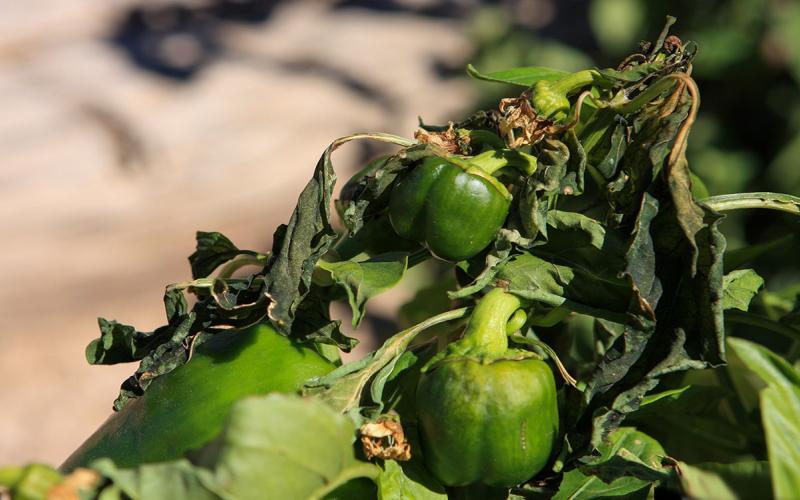
Fall Frost Tolerance of Common Vegetables
Vegetables vary widely in how much cold they can tolerate as they reach maturity. Learn which ones can tolerate light and heavy frosts and which ones can't.
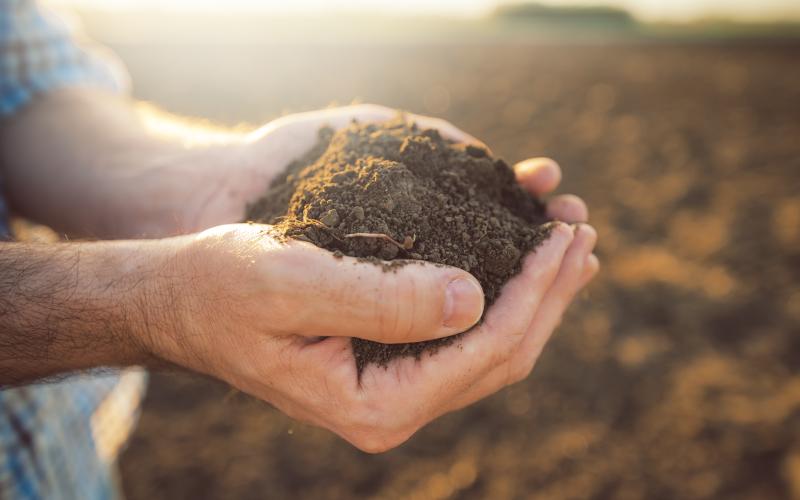
Recommended Soil Sampling Methods and Instructions
Proper collection of soil samples is extremely important as the accuracy of the soil test depends on the quality of the soil sample provided to the lab.

Winter Wheat Decisions
Winter wheat planting will soon be starting and a number of decisions will have to be made for a successful winter wheat crop, including: the time of planting, the choice of variety to be planted, disease and pest management decisions and crop insurance.
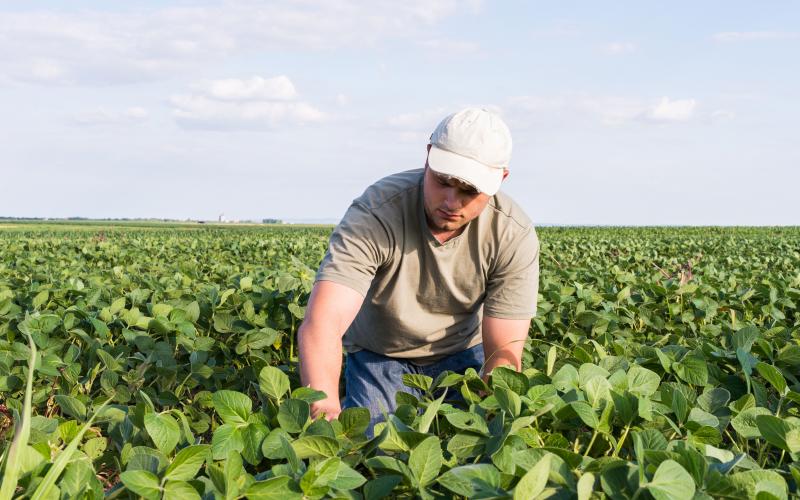
Should I Spray for Soybean Aphids? What’s the Threshold?
Although many soybean fields are behind schedule, so are the soybean aphid populations. In many reported areas, there are hotspots within a field where a few soybean plants may be heavily infested.
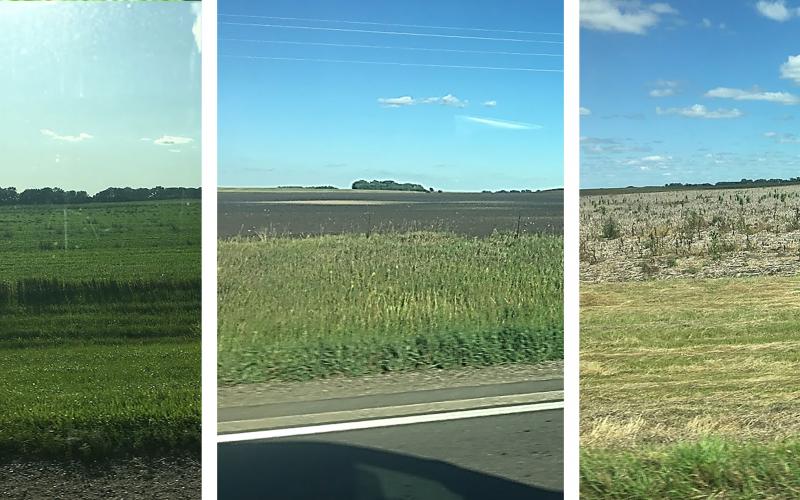
Prevent Plant: Its Effect on Fall and Spring Fertilizing Plans
Driving around South Dakota, you can see the many acres that farmers were not able to plant. Now that fall soil-sampling season is well on its way, many people have questions regarding how different situations of prevented planting will affect soil sampling and fertilizer application needs.
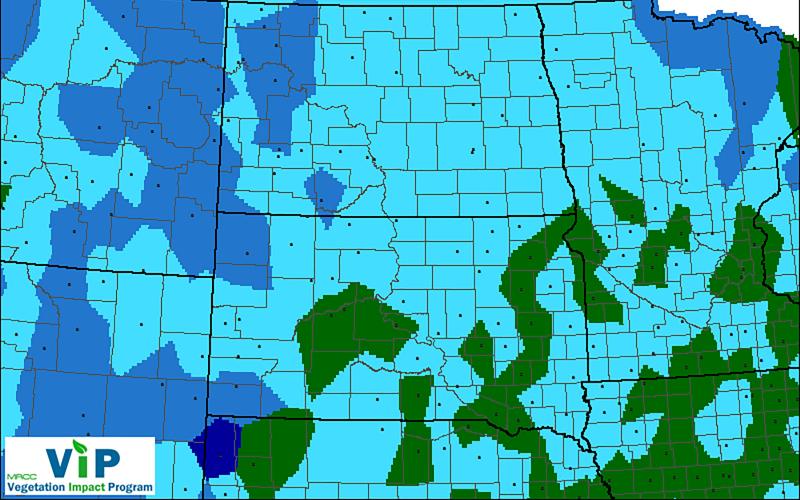
Fall Frost and September Climate Outlook for 2019
This year’s struggles with weather and climate are continuing this fall. Late planting of corn and soybeans in the spring have now combined with near average or cooler than average summertime temperatures. This combination has led to slow crop growth and the need for an extended frost-free season to ensure these crops reach maturity.
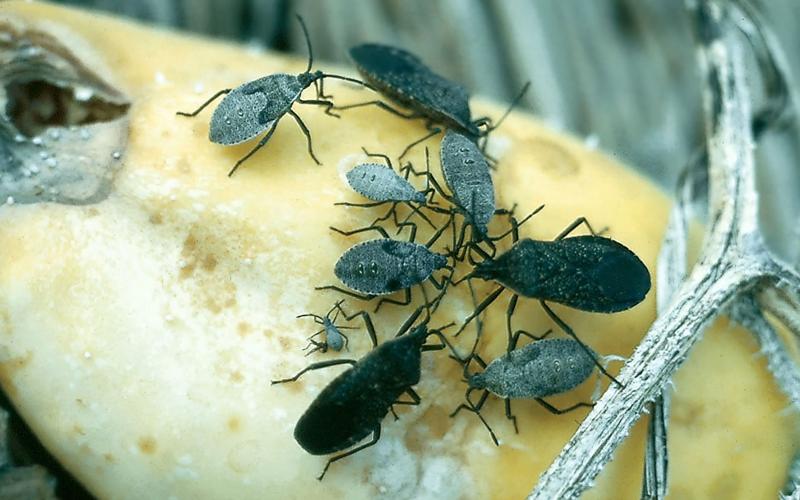
Squash Bugs in Zucchini
Squash bugs are now becoming a headache for gardeners across South Dakota. Most of the reports so far have been on zucchini plants, but squash bugs feed on pumpkins and other types of squash as well. Injury caused by extensive feeding appears as wilting and may result in the death of infested plants.
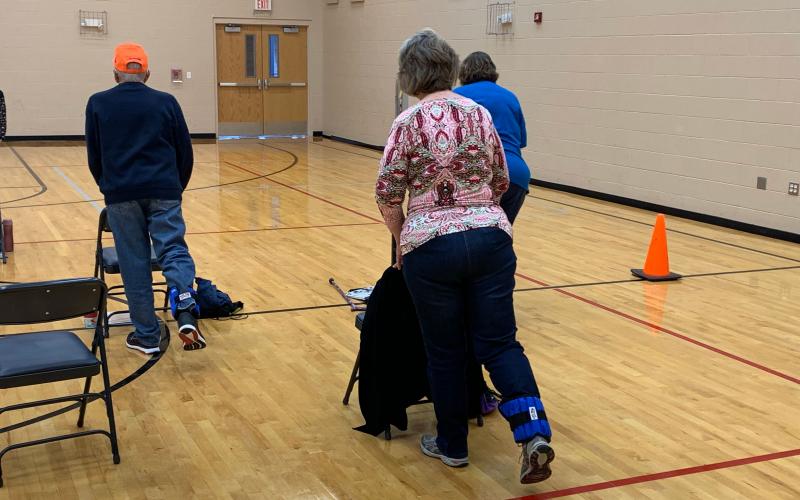
Strength Training for Older Adults
Strength training can be intimidating for older adults, but it plays a crucial role in keeping muscles and bones strong as we age. Learn some expert tips for starting a strength training routine today!
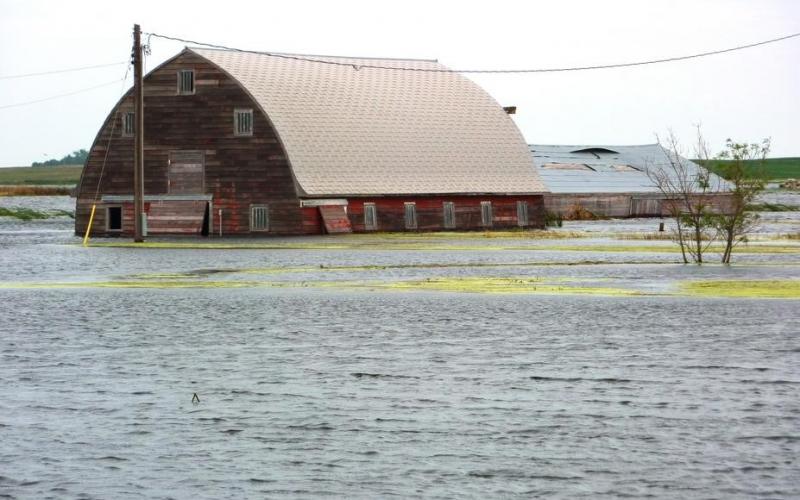
Flood
View resources to prepare for and recover from flood situations.
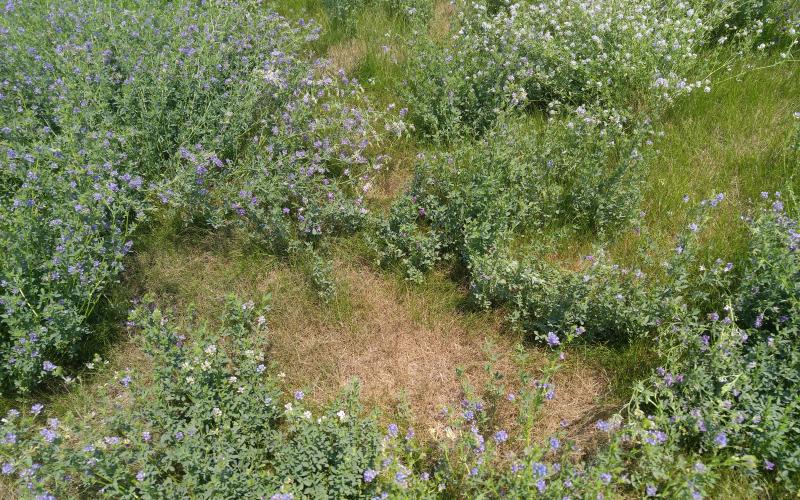
Scouting for Grasshoppers in Pasture and Alfalfa
For 2019, we have either received reports of very high grasshopper numbers or of very low or nearly absent populations. Most reports of high populations have originated from areas near rivers and other waterways. This suggests that the rich foliage along the banks of waterways has provided excellent habitat for grasshoppers and has boosted their populations in those areas.